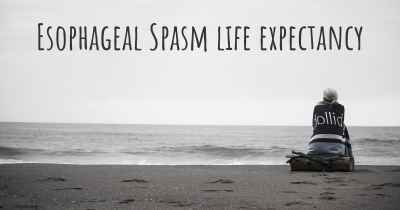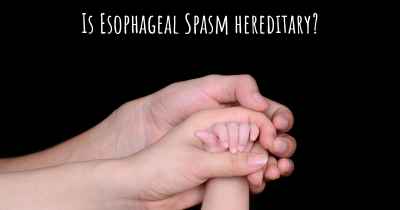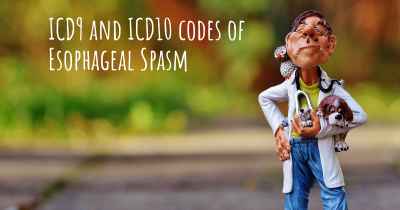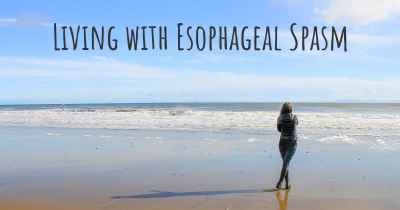Is it advisable to do exercise when affected by Esophageal Spasm? Which activities would you suggest and how intense should they be?
See if it is advisable for people with Esophageal Spasm to practice sports and which ones are the most recommended if you have Esophageal Spasm
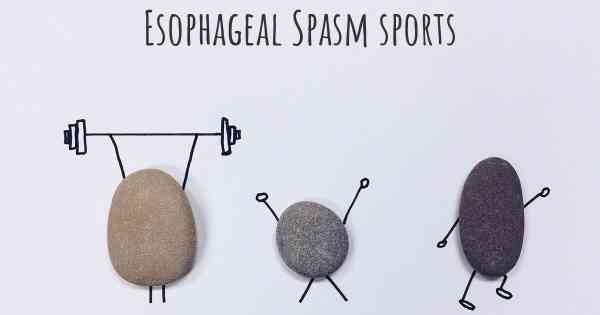
Esophageal spasm is a condition characterized by abnormal contractions of the muscles in the esophagus, the tube that carries food from the mouth to the stomach. These spasms can cause chest pain, difficulty swallowing, and a feeling of food getting stuck in the throat. If you are affected by esophageal spasm, it is important to consult with your healthcare provider before starting any exercise regimen.
While exercise can have numerous benefits for overall health, it is crucial to consider the potential impact on esophageal spasms. Certain types of exercise may exacerbate symptoms or trigger spasms, while others may be more tolerable. Here are some general guidelines to consider:
Low-impact exercises: Engaging in low-impact activities can be beneficial for individuals with esophageal spasm. These exercises are gentle on the body and minimize the risk of triggering symptoms. Examples of low-impact exercises include walking, swimming, cycling, and yoga.
Avoid high-intensity exercises: High-intensity exercises, such as running, weightlifting, or intense aerobic workouts, can potentially worsen esophageal spasms. These activities may increase intra-abdominal pressure, leading to more frequent and intense spasms. It is advisable to avoid or minimize participation in such activities.
Focus on relaxation techniques: Incorporating relaxation techniques into your exercise routine can help reduce stress and potentially alleviate esophageal spasms. Activities such as tai chi, qigong, or gentle stretching can promote relaxation and improve overall well-being.
Listen to your body: Pay close attention to how your body responds during and after exercise. If you experience any discomfort, chest pain, or worsening of symptoms, it is important to stop the activity and consult with your healthcare provider.
Warm-up and cool-down: Prior to starting any exercise, it is essential to warm up your body with gentle movements and stretches. This helps prepare the muscles and may reduce the likelihood of spasms. Similarly, cooling down after exercise with light stretching can help prevent muscle tightness and discomfort.
Stay hydrated: Proper hydration is important for everyone, including individuals with esophageal spasm. Drinking enough water before, during, and after exercise can help maintain optimal muscle function and reduce the risk of spasms.
Modify your routine: If you find that certain exercises or movements trigger your symptoms, consider modifying your routine. For example, if bending forward exacerbates spasms, try incorporating more upright or seated exercises into your regimen.
Consult with your healthcare provider: It is crucial to consult with your healthcare provider before starting or modifying any exercise program. They can provide personalized advice based on your specific condition and medical history.
Remember, every individual is unique, and what works for one person may not work for another. It is important to listen to your body, be mindful of your symptoms, and make adjustments to your exercise routine as needed. By working closely with your healthcare provider and adopting a cautious approach, you can find a suitable exercise regimen that supports your overall well-being while managing esophageal spasms.
